The world population is currently at 7.6 billion. The growth or decline of a nation’s population is due to multiple factors. Fertility rates, life expectancy, standard of living, socio-economic developments, marriage ages, and the availability and affordability of medicine and health care all play a part.
Here, we take a look at the 15 countries with the fastest-growing populations and the 15 countries where populations were shrinking the fastest between 2017 and 2018 and the likely causes behind their growth or decline, according to data from World Population Review and other sources.The fastest-growing countries are listed first, followed by the fastest-shrinking nations.
Malawi

Estimated Population in 2018: 19.1 million Increase from prior year: 2.91 percent Births Per Day: 1,884 Deaths Per Day: 367 Fertility Rate: 4.4 children/woman Life Expectancy: 63 years Causes: Despite education on contraceptive use, large family sizes continue to be the norm in Malawi. The poorest 20 percent of the population tends to be young, with uneducated women having an average of three times more children than women with higher education levels. While strides have been made in reducing the number of HIV infections, it remains the No. 1 killer, with acute respiratory infections coming in second place. The government provides free antiretroviral drugs, which prolong many patients’ lives. Because the average woman gives birth several times during her life, obstetrics is an important part of their health-care system. In 2007, a law was passed requiring women to give birth at local health-care facilities with skilled professionals. This greatly reduced the number of complications and deaths for both mothers and children.
Somalia
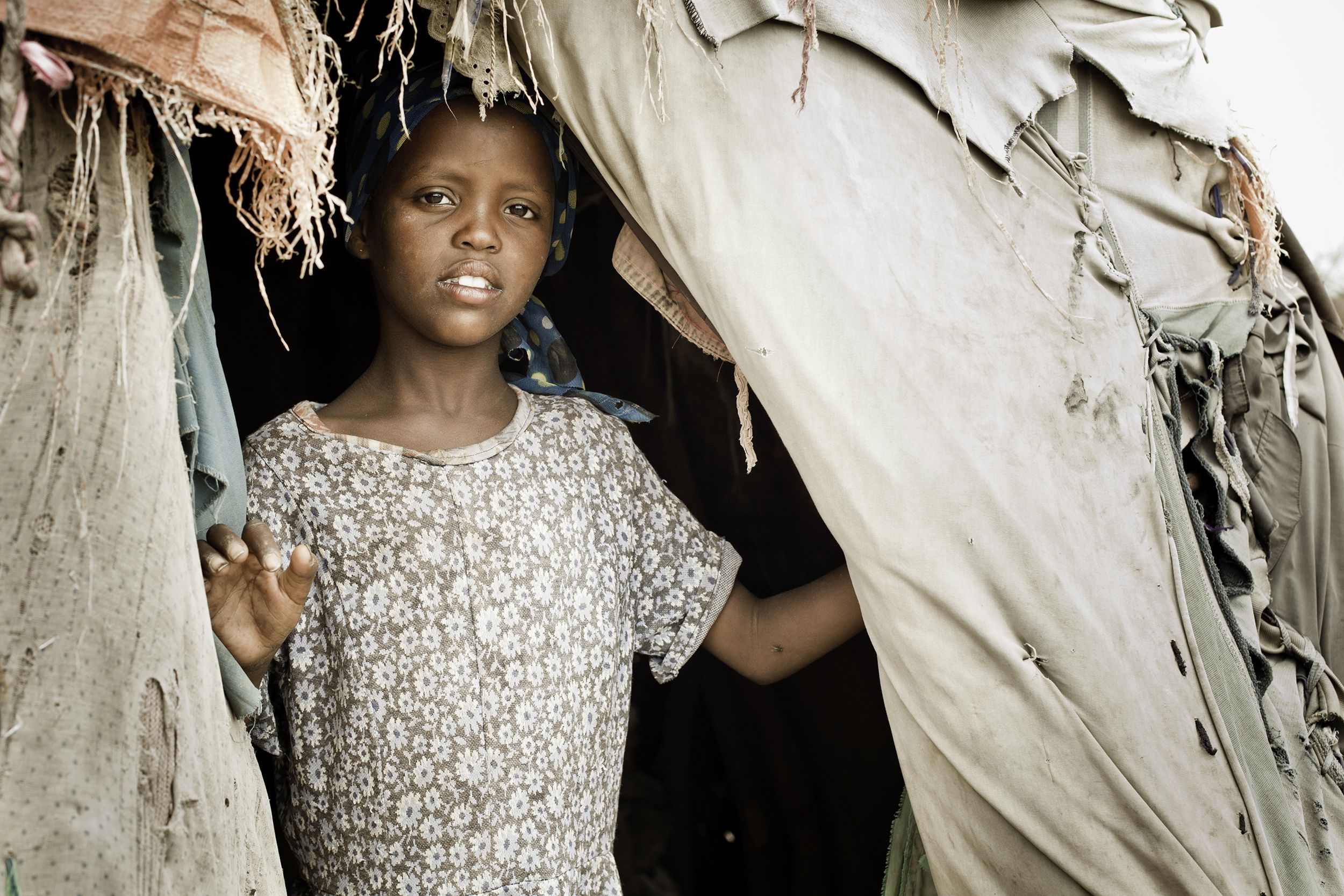
Estimated Population in 2018: 15.1 million Increase from prior year: 2.98 percent Births Per Day: 1,764 Deaths Per Day: 451 Fertility Rate: 6.1 children/woman Life Expectancy: 56 years Causes: From 1960 to 2016, the population of Somalia increased from 2.76 million to 14.32 million people. This is a growth of some 419 percent in 56 years. Somalia recorded its biggest annual increase in 1977 with 12.54 percent. The smallest increase was in 1984 with 0.11 percent. The country faces a high level of sexual and gender-based violence coupled with low contraceptive-usage rate, which accounts for a portion of the population increase.
Gambia

Estimated Population in 2018: 2.1 million Increase from prior year: 3.01 percent Births Per Day: 226 Deaths Per Day: 46 Fertility Rate: 5.3 children/woman Life Expectancy: 61 years Causes: Use of improved drinking water has been a contributing factor in the health of this country coupled with a 98 percent infant immunization rate. The birth rate is high with about 39 births per 1,000 people.
Zambia
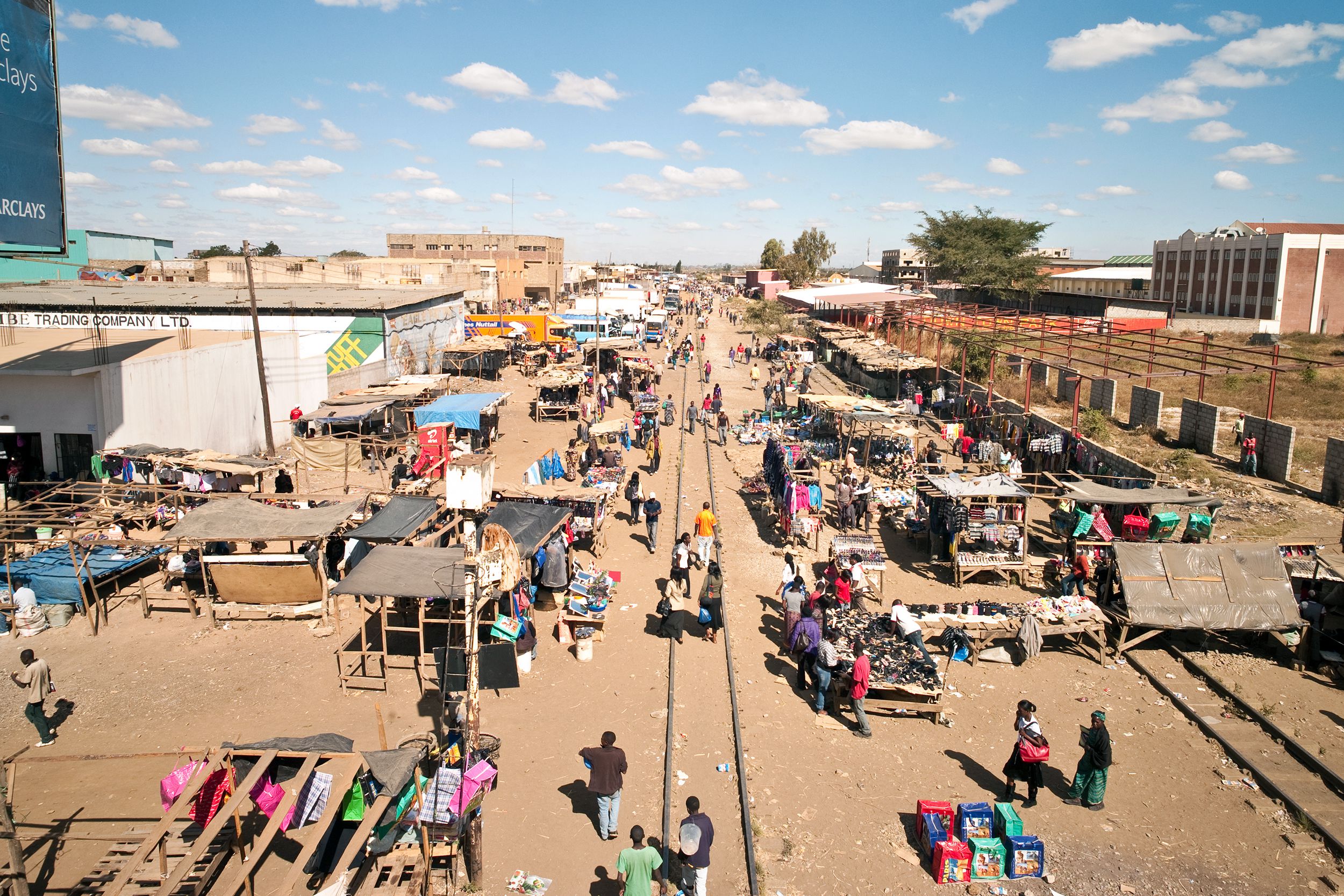
Estimated Population in 2018: 17.6 million Increase from prior year: 3.01 percent Births Per Day: 1,796 Deaths Per Day: 361 Fertility Rate: 4.9 children/woman Life Expectancy: 62 years Causes: Zambia has one of the highest fertility rates in the world, plus HIV prevalence has declined. The mortality rate for children under 5 has been reduced by 66 percent, and the maternal mortality rate has been reduced 61 percent between 1990 and 2015.
Chad
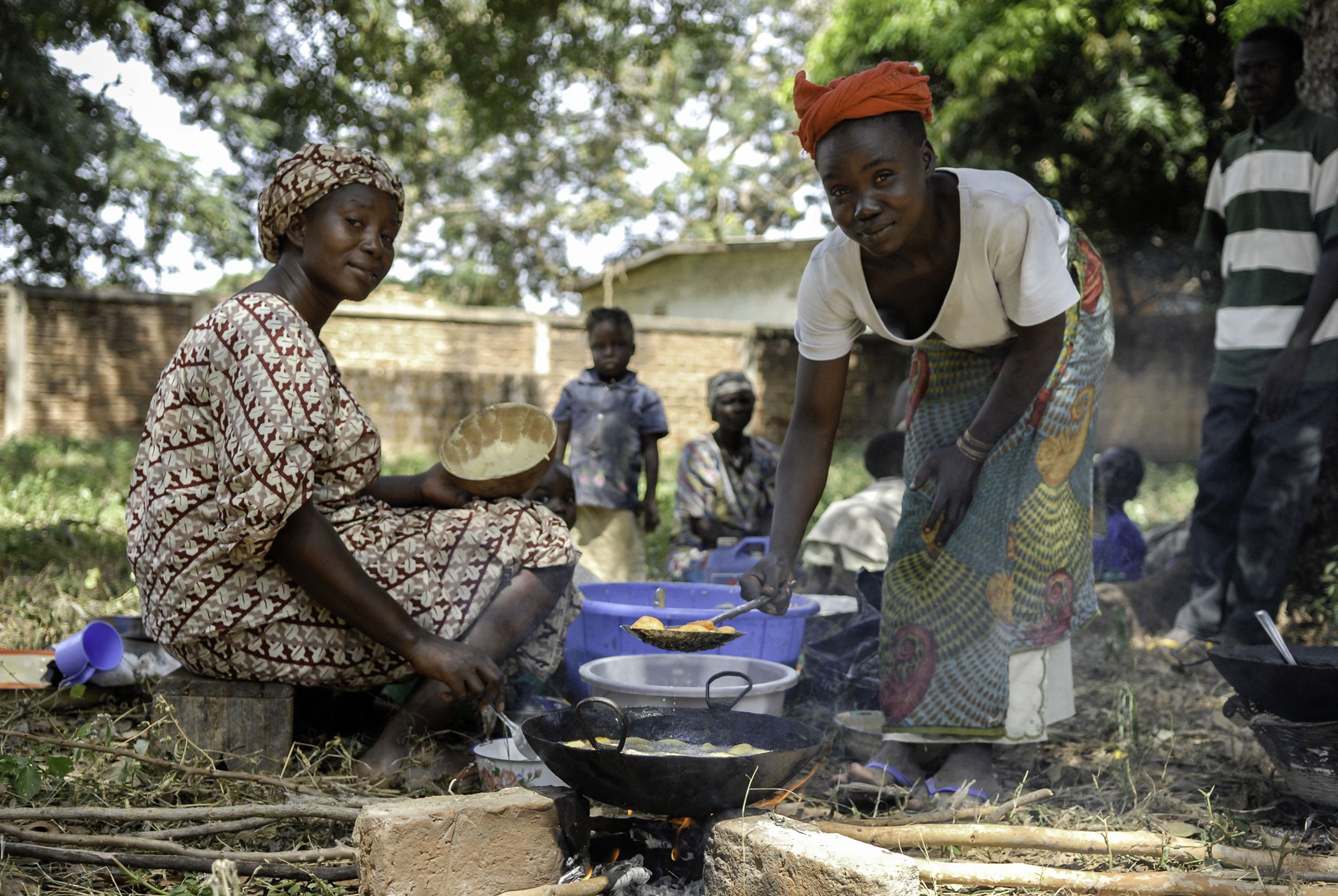
Estimated Population in 2018: 15.35 million Increase from prior year: 3.04 percent Births Per Day: 1,765 Deaths Per Day: 524 Fertility Rate: 5.7 children Life Expectancy: 53 years Causes: Polygamy remains a common form of marital union as does early marriage, which leads to higher birth rates as women have more time to have children. The under-5 mortality rate has also been reduced by two-thirds, and the maternal mortality rate has been reduced 41 percent between 1990 and 2015.
Trending on Cheapism
Mali
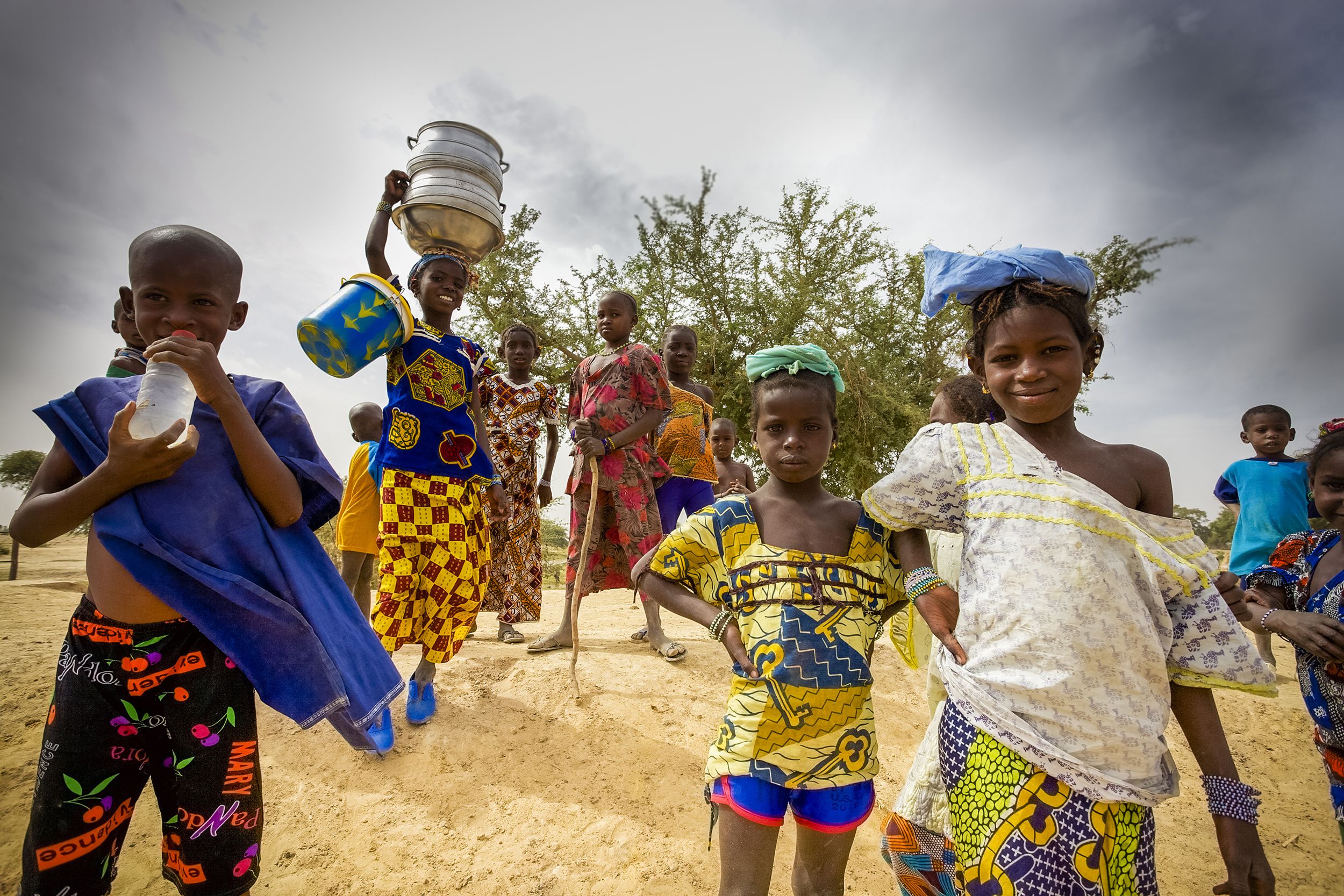
Estimated Population in 2018: 19.1 million Increase from prior year: 3.05 percent Births Per Day: 2,160 Deaths Per Day: 508 Fertility Rate: 5.9 children/woman Life Expectancy: 58 years Causes: In 1998, the government began a program of revamping the public health sector, targeting rural and poor parts of the country. The result was that more rural citizens had access to health care. This is evident in the reduction of the maternal mortality rate. In 1995, this rate was 577 deaths per 100,000 births. In 2005, this rate decreased to 464 per 100,000 births.
Tanzania

Estimated Population in 2018: 59.1 million Increase from prior year: 3.11 percent Births Per Day: 5,995 Deaths Per Day: 1,014 Fertility Rate: 4.9 children/woman Life Expectancy: 66 years Causes: Despite an HIV epidemic, along with high maternal and infant mortality rates, the population of Tanzania continues to grow rapidly. This is attributed to a very high birth rate of 37.25 births per 1,000 people that offers no signs of changing. Some 1.6 million Tanzanians are infected with HIV. This epidemic may result in changes in age and sex distribution in the population as well as a lower population growth.
Burundi

Estimated Population in 2018: 11.2 million Increase from prior year: 3.24 percent Births Per Day: 1,258 births per day Deaths Per Day: 316 Fertility Rate: 5.54 children/woman Life Expectancy: 58 years Causes: Despite widespread poverty, hunger and disease, the country’s population is growing at an unprecedented pace. A combination of preventive and curative activities, effective management of emergency obstetric care, and improved contraceptive prevalence has resulted in an improvement in maternal and child health. Improved immunization coverage, which rose from 34.8 percent in 2005 to 83 percent in 2010, and free care for children under 5 contributed to a reduction in infant and child mortality. The country also has the fifth-highest fertility rate in the world.
Sign up for our newsletter
Democratic Republic of the Congo

Estimated Population in 2018: 82.7 million Increase from prior year: 3.28 percent Births Per Day: 1,835 Deaths Per Day: 438 Fertility Rate: 5.71 children/woman Life Expectancy: 59 years Causes: The U.S. Agency for International Development’s focus on maternal and child health since the 1990s has put a crimp in the child mortality rate, cutting it in half, and leading to a slow decline in infant mortality. Migration remains an issue for the Democratic Republic of Congo as it seems to be a destination for many immigrants, refugees, and asylum-seekers, though actual figures are unavailable due to current conflict. The population is expected to double by 2030.
Uganda

Estimated Population in 2018: 44.27 million Increase from prior year: 3.28 percent Births Per Day: 4,953 Deaths Per Day: 1,014 Fertility Rate: 5.4 children Life Expectancy: 60 years Causes: The beginning of the 21st Century saw reforms to improve health care in Uganda. Access to prenatal care the country improved to where 94 percent of women giving birth received some care beforehand in 2011. A Ugandan government goal to have all births be attended by a skilled health professional was set in 2015 and likely has improved infant and maternal survival.
Angola
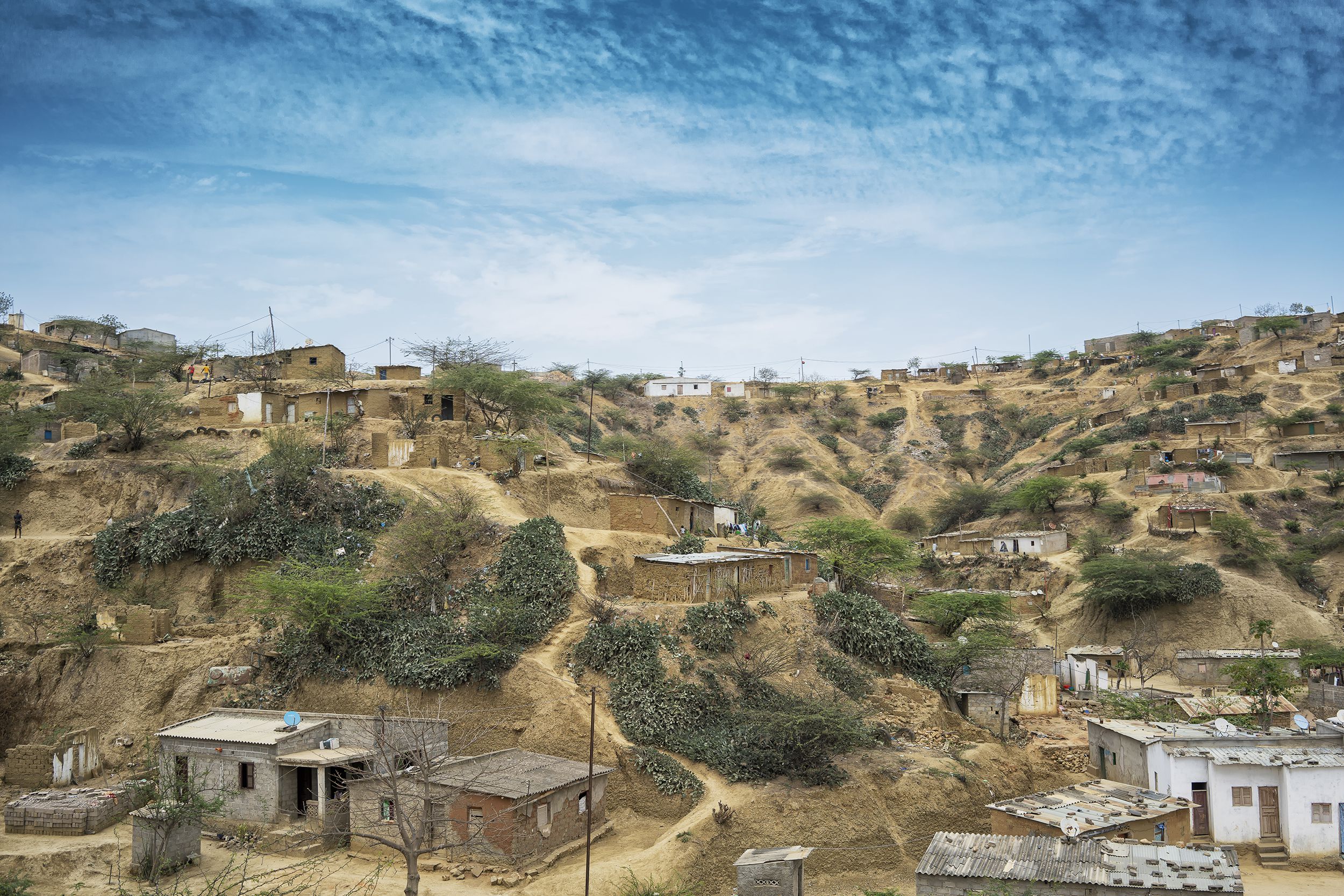
Estimated Population in 2018: 30.77 million Increase from prior year: 3.32 percent Births Per Day: 3,417 Deaths Per Day: 696 Fertility Rate: 5.54 children/woman Life Expectancy: 61 years Causes: Angola has one of the world’s highest fertility rates causing rapid growth that may continue to through the end of the century. Infant mortality rates are also high, which means women have more children to increase the chances some will survive.
Equatorial Guinea

Estimated Population in 2018: 1.3 million Increase from prior year: 3.64 percent Births Per Day: 118 Deaths Per Day: 35 Fertility Rate: 4.5 children/woman Life Expectancy: 58 years Causes: The national health system of the country is well endowed with health services relative to its size. It has 18 public hospitals and 42 public and private health centers, and 161 health posts. It should be noted that the intervention of the oil company Marathon may have contributed to the overall health of this country with its fight against malaria since 2004. Despite human trafficking and human rights issues, the country’s population continues to grow.
Niger
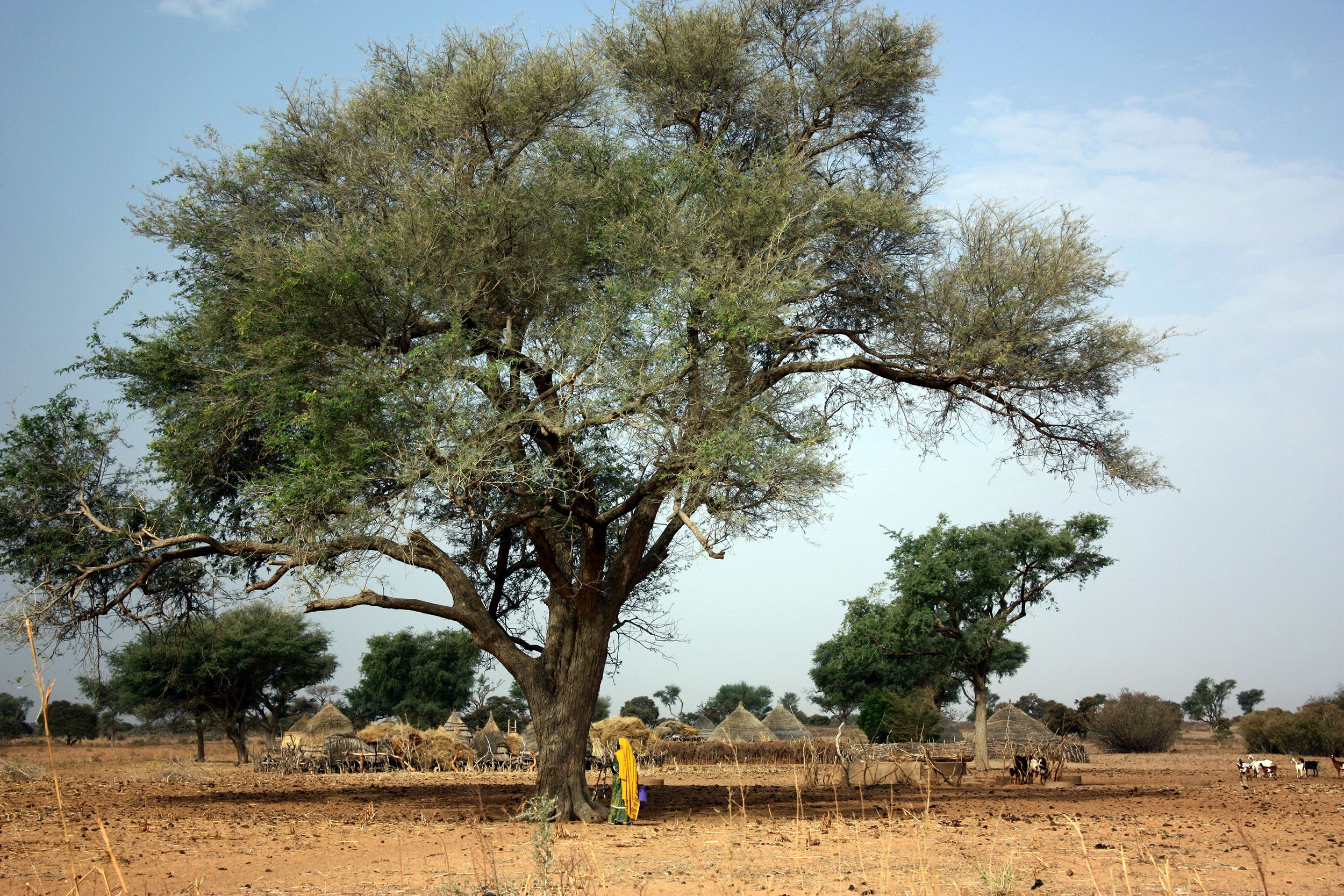
Estimated Population in 2018: 22 million Increase from prior year: 3.88 percent Births Per Day: 2,871 Deaths Per Day: 567 Fertility Rate: 7.15 children/woman Life Expectancy: 60 years Causes: Niger has the highest birth rates per capita at 6.62 percent. A rehabilitation program for malnourished children under 5 and for pregnant and lactating women through therapeutic and supplementary feeding may have also contributed to the country’s growing population.
Oman

Estimated Population in 2018: 4.8 million Increase from prior year: 3.27 percent Births Per Day: 22 births per day Deaths Per Day: 32 Fertility Rate: 2.53 children/woman Life Expectancy: 77 years Causes: Oman has one of the fastest growing populations in the world and is seeing its fastest population growth of the past 50 years. An improving health-care system with a high ratio of medical facilities to its residents, a decrease in deaths, and an increase in births are all contributing factors.
Bahrain

Estimated Population in 2018: 1.5 million Increase from prior year: 4.99 percent Births Per Day: 60 Deaths Per Day: 10 Fertility Rate: 1.99 children/woman Life Expectancy: 77 years Causes: New investment in the health-care sector in 2014 coupled with a “Health-for-All” objective from the Ministry of Health may account for the increased overall health of the country. More than 40 percent of the population is 25 and under, which is also a contributing factor to this country’s population boom.
Greece

Estimated Population in 2018: 11.1 million Percentage Decrease from Prior Year: -0.16 percent Births Per Day: 241 Deaths Per Day: 332 Fertility Rate: 1.3 children/woman Life Expectancy: 81 years Causes: Hospitals have reported 10 percent fewer births in the past four years. Rather than health problems, the issue here lies with an aging population and affordability. The financial impact of raising children has proven too much for the country’s families already struggling with years of recession and unemployment.
Belarus

Estimated Population in 2018: 9.5 million Percentage Decrease from Prior Year: -0.17 percent Births Per Day: 304 Deaths Per Day: 348 Fertility Rate: 1.7 children/woman Life Expectancy: 73 years Causes: Belarus was recently named one of the world’s fastest-shrinking countries. Belarusians seem to marry at an older age and have fewer children. This has led to their fertility rate being below what’s needed to avoid a declining population level.
Poland

Estimated Population in 2018: 38.1 million Percentage Decrease from Prior Year: -0.17 percent Births Per Day: 945 Deaths Per Day: 1,094 Fertility Rate: 1.2 children/woman Life Expectancy: 77 years Causes: A negative growth rate combined with a large percentage of the population over 80 years old have caused this country’s decline, however insufficient past data presents a problem in accurately predicting the country’s actual population decline.
Estonia

Estimated Population in 2018: 1.3 million Percentage Decrease from Prior Year: -0.22 percent Births Per Day: 38 Deaths Per Day: 44 Fertility Rate: 1.6 children/woman Life Expectancy: 77 years Cause: Already sparse in population, Estonia has a relatively low birth rate, about 10 births per 1,000 people. Its population is expected to drop to 1.1 million by 2030 and 860,000 by 2060.
Japan

Estimated Population in 2018: 127 million Percentage Decrease from Prior Year: -0.23 percent Births Per Day: 2,815 Deaths Per Day: 3,762 Fertility Rate: 1.4 children/woman Life Expectancy: 83 years Causes: While it still ranks as one of the most populous countries, its population remains in decline. Japan’s elderly make up 30 percent of population. Low fertility rates, more women working longer, and an alarming number of suicides in the country’s youth are also having an effect.
Moldova

Estimated Population in 2018: 4 million Percentage Decrease from Prior Year: -0.25 percent Births Per Day: 110 Deaths Per Day: 129 Fertility Rate: 1.2 children/woman Life Expectancy: 71 years Causes: Moldova has struggled with a low fertility rate and health-care issues coupled with emigration. Russians and Ukrainians have been emigrating since the breakup of the Soviet Union. It also is home to the highest rates of multidrug-resistant tuberculosis in the world.
Serbia

Estimated Population in 2018: 8.7 million Percentage Decrease from Prior Year: -0.32 percent Births Per Day: 253 Deaths Per Day: 307 Fertility Rate: 1.6 children/woman Life Expectancy: 75 years Causes: With one of the oldest populations in the world, Serbia has been struggling to reverse its declining census. The government has offered generous maternity leave and cash bonuses for new parents, but despite these efforts, the population continues to decline.
Hungary

Estimated Population in 2018: 9.6 million Percentage Decrease from Prior Year: -0.34 percent Births Per Day: 239 Deaths Per Day: 345 Fertility Rate: 1.3 children/woman Life Expectancy: 76 years Causes: With a birth rate of about 9 births for every 1,000 people, low fertility rates are partially to blame for Hungary’s slowly declining population, even while it enjoys relative prosperity. It’s expected that people 65 and older will make up 20 percent of the population in less than eight years.
Portugal

Estimated Population in 2018: 10 million Percentage Decrease from Prior Year: -0.37 percent Births Per Day: 213 Deaths Per Day: 306 Fertility Rate: 1.2 children/woman Life Expectancy: 81 years Causes: The country has been battling a low birth rate due to economic strife, and young couples are rethinking their family plans. The fall in the country’s birth rate has been so acute that maternity wards and schools are closing.
Lithuania

Estimated Population in 2018: 2.8 million Percentage Decrease from Prior Year: -0.48 percent Births Per Day: 84 Deaths Per Day: 114 Fertility Rate: 1.6 children/woman Life Expectancy: 74 years Causes: Lithuania’s population decline has been attributed in part to emigration. Despite its sagging census, and losing 1.5 percent of its population each year, Lithuania is one of the fastest-growing economies in the European Union.
Ukraine

Estimated Population in 2018: 44 million Percentage Decrease from Prior Year: -0.48 percent Births Per Day: 1,264 Deaths Per Day: 1,800 Fertility Rate: 1.5 children/woman Life Expectancy: 72 years Causes: An exceedingly high death rate and low fertility rate contribute to this country’s population decline. Life expectancy is also very low. The birth rate would need to increase by 50 percent in order for this population to stabilize.
Romania

Estimated Population in 2018: 19.5 million Percentage Decrease from Prior Year: -0.50 percent Births Per Day: 513 Deaths Per Day: 698 Fertility Rate: 1.54 children/woman Life Expectancy: 79 years Causes: While the demographic of Romania is evenly distributed between males and females, the bulk of its citizenry is over 35 and its population remains in decline. The leading causes of death for children under 5 are acute respiratory infections, prematurity and congenital anomalies. Cardiovascular disease and diabetes remain a health burden for 21.4 percent of the population.
Croatia

Estimated Population in 2018: 4.1 million Percentage Decrease from Prior Year: -0.59 percent Births Per Day: 103 Deaths Per Day: 147 Fertility Rate: 1.5 children/woman Life Expectancy: 77 years Causes: Croatia is a demographic in crisis. Causes such as migration and a death rate higher than its birth rate have contributed to this population’s decline. Croatia’s death rate has exceeded its birth rate since 1991.
Bulgaria

Estimated Population in 2018: 7 million Percentage Decrease from Prior Year: -0.67 percent Births Per Day: 179 Deaths Per Day: 295 Fertility Rate: 1.5 children/woman Life Expectancy: 74 years Causes: High death rates and low birth rates and negative net migration contribute to overall population decline. Both Bulgaria and Latvia are the only two countries with a lower population today than in 1950.
Latvia

Estimated Population in 2018: 1.9 million Percentage Decrease from Prior Year: -1.01 percent Births Per Day: 53 Deaths Per Day: 80 Fertility Rate: 1.5 children/woman Life Expectancy: 74 years Causes: A diaspora of young, educated Latvians are leaving in droves due to high unemployment and lack of well paying jobs. It is estimated that 30,000 people leave the country each year. There has been no population growth since 1992.
Bonus: U.S.A.

In case you were wondering: The U.S. doesn’t appear in either group with its population of 326.8 million and positive growth rate of 0.71 percent. There are 11,283 births per day vs. 7,449 deaths per day. The fertility rate is 1.88 children per woman, and the life expectancy is 79.6 years.






